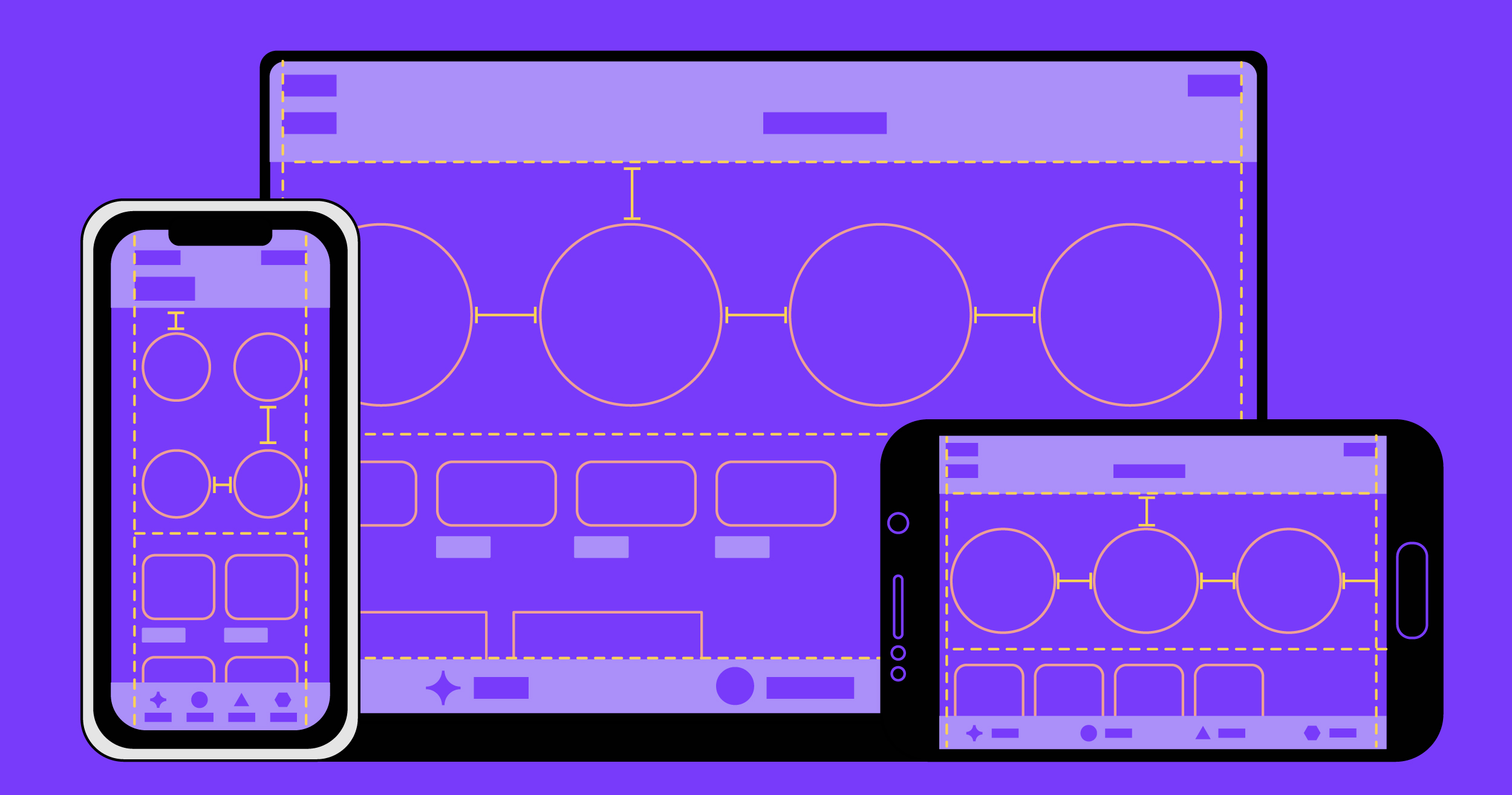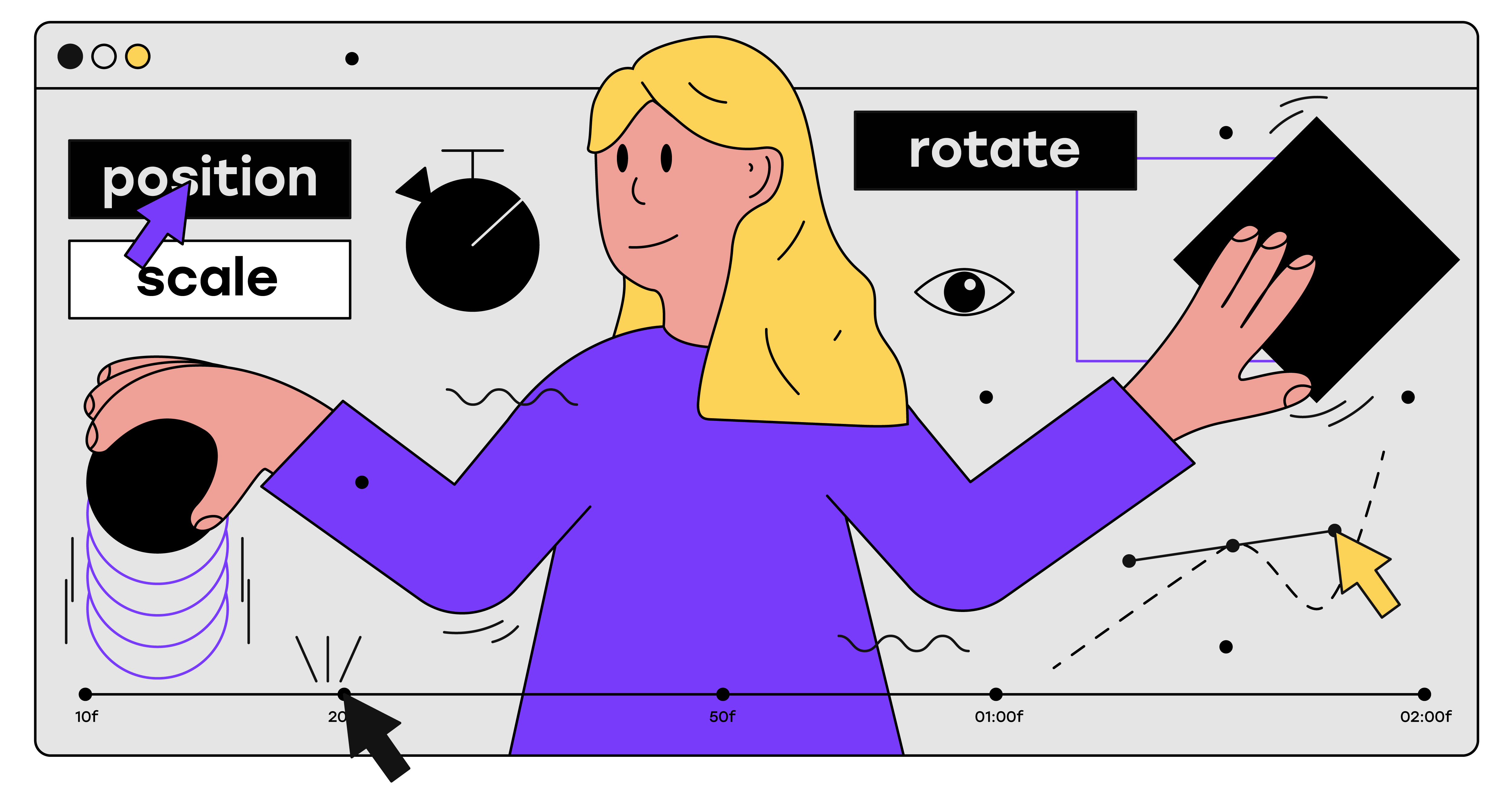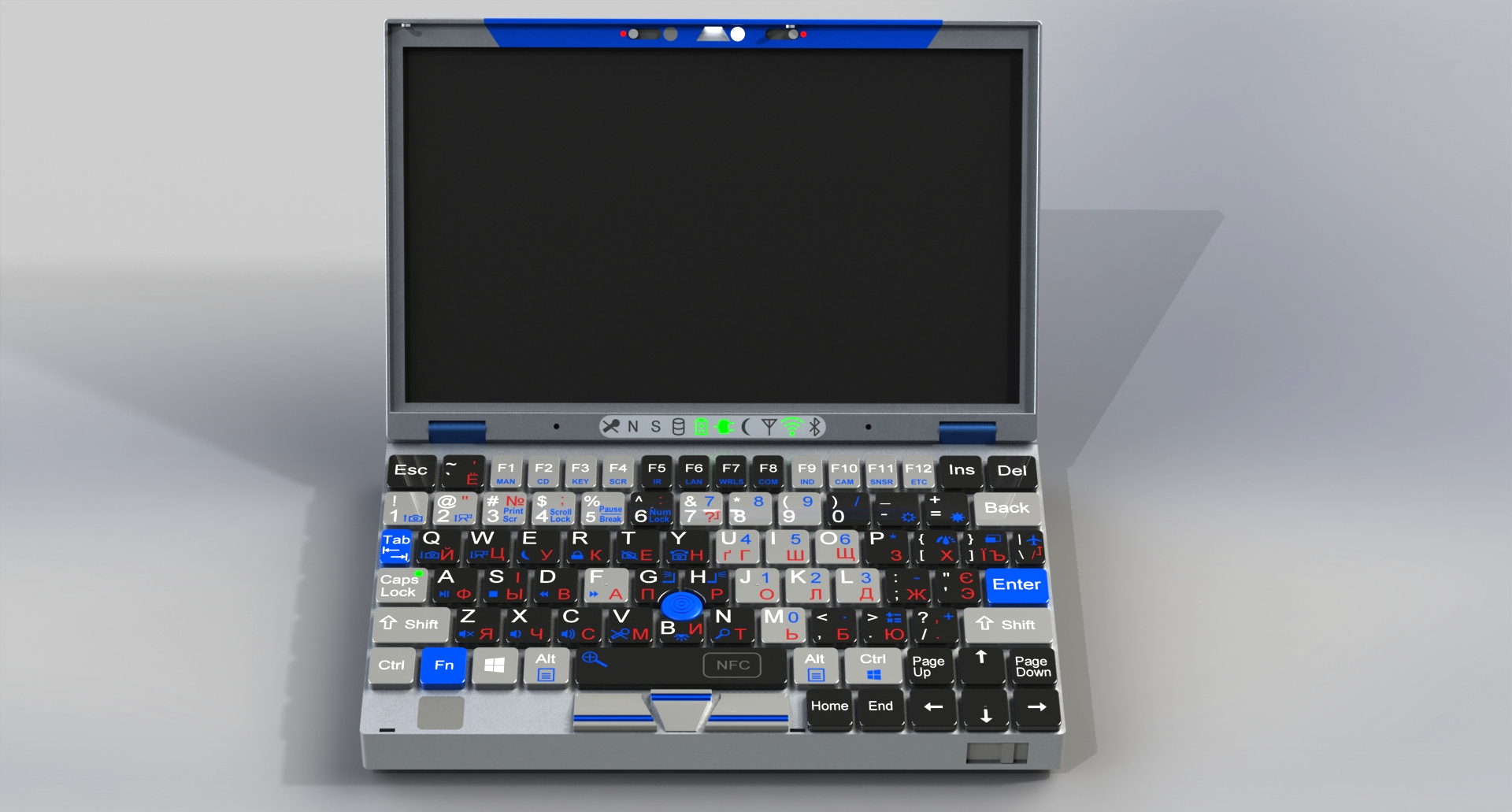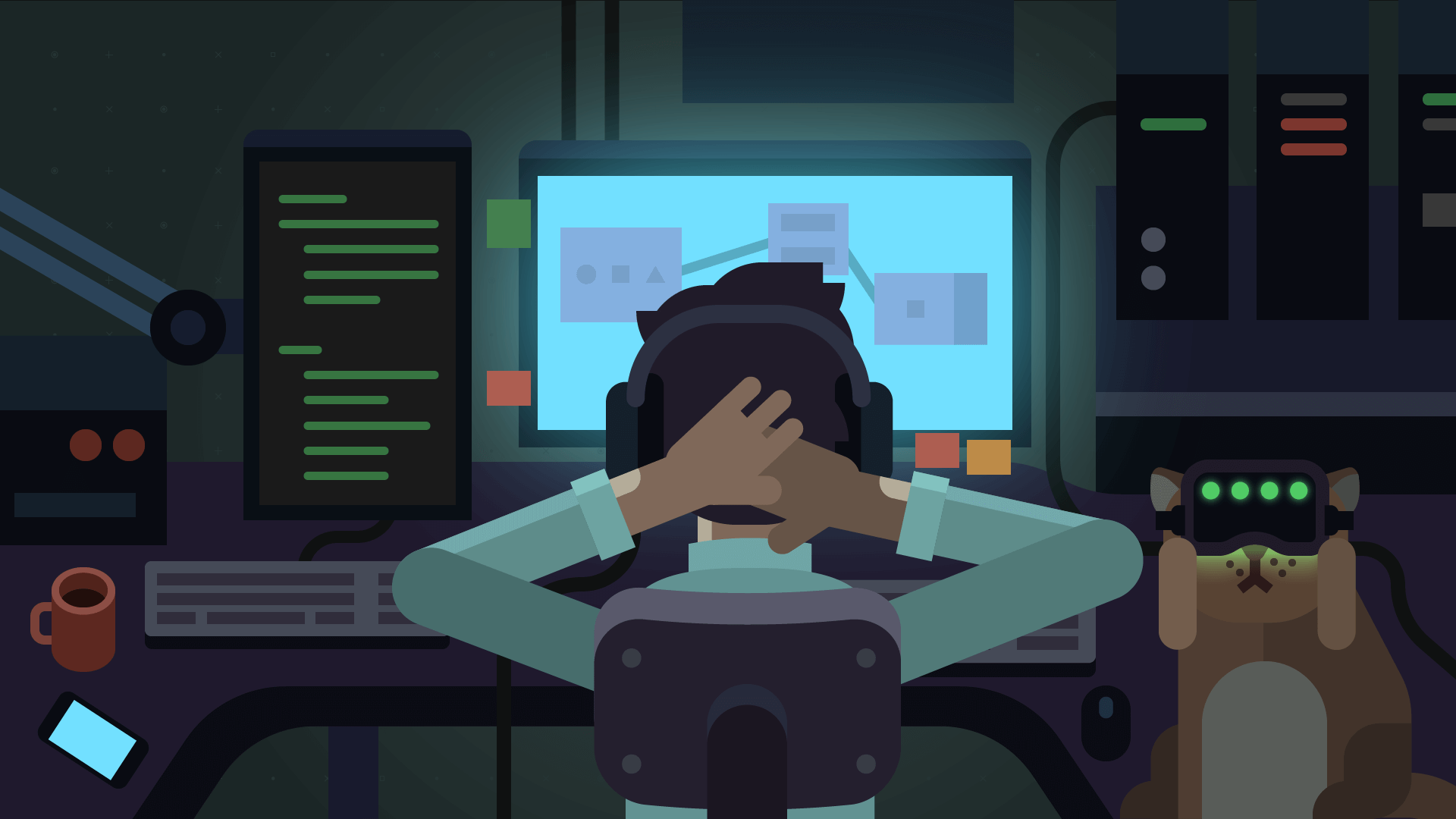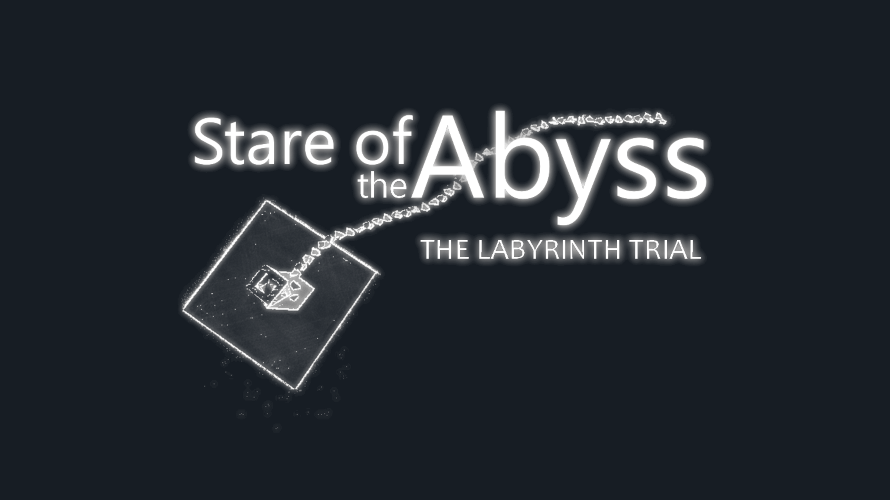
Making games is [not] hard. Looking back at small mobile project on Unity3D


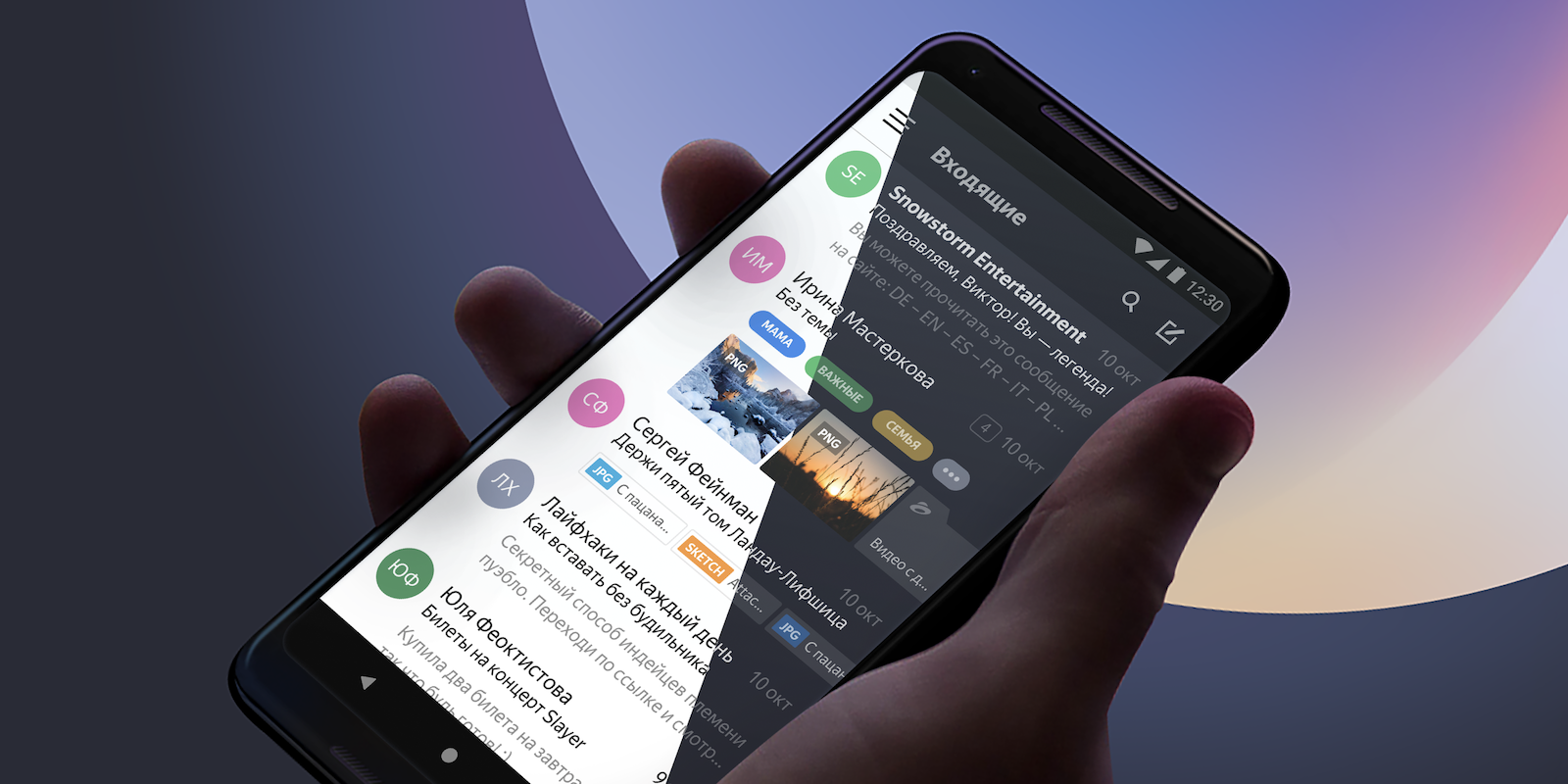
My name is Vladimir, and I develop mobile front-end for Yandex Mail. Our apps have had a dark theme for a while, but it was incomplete: only the interface and plain emails were dark. Messages with custom formatting remained light and stood out against the dark interface, hurting our users’ eyes at night.
Today I'll tell you how we fixed this problem. You will learn about two simple techniques that didn't work for us and the method that finally did the trick — adaptive page recoloring. I'll also share some ideas about adapting images to a dark theme. To be fair, darkening pages with custom CSS is a rather peculiar task, but I believe some of you may find our experience helpful.
The game industry is growing, especially among small, independent development companies. If you're looking for a game development company, let's take a glimpse at some top game development companies ranked, basing the list on games, as well as the number of existing players and uniqueness.
 Now user visits the page and checks out the effect. It’s cool and pleasant small feature, it catches, then user discusses it with colleagues or friends and even repeats the feature. It could be this easy, if not:
Now user visits the page and checks out the effect. It’s cool and pleasant small feature, it catches, then user discusses it with colleagues or friends and even repeats the feature. It could be this easy, if not: 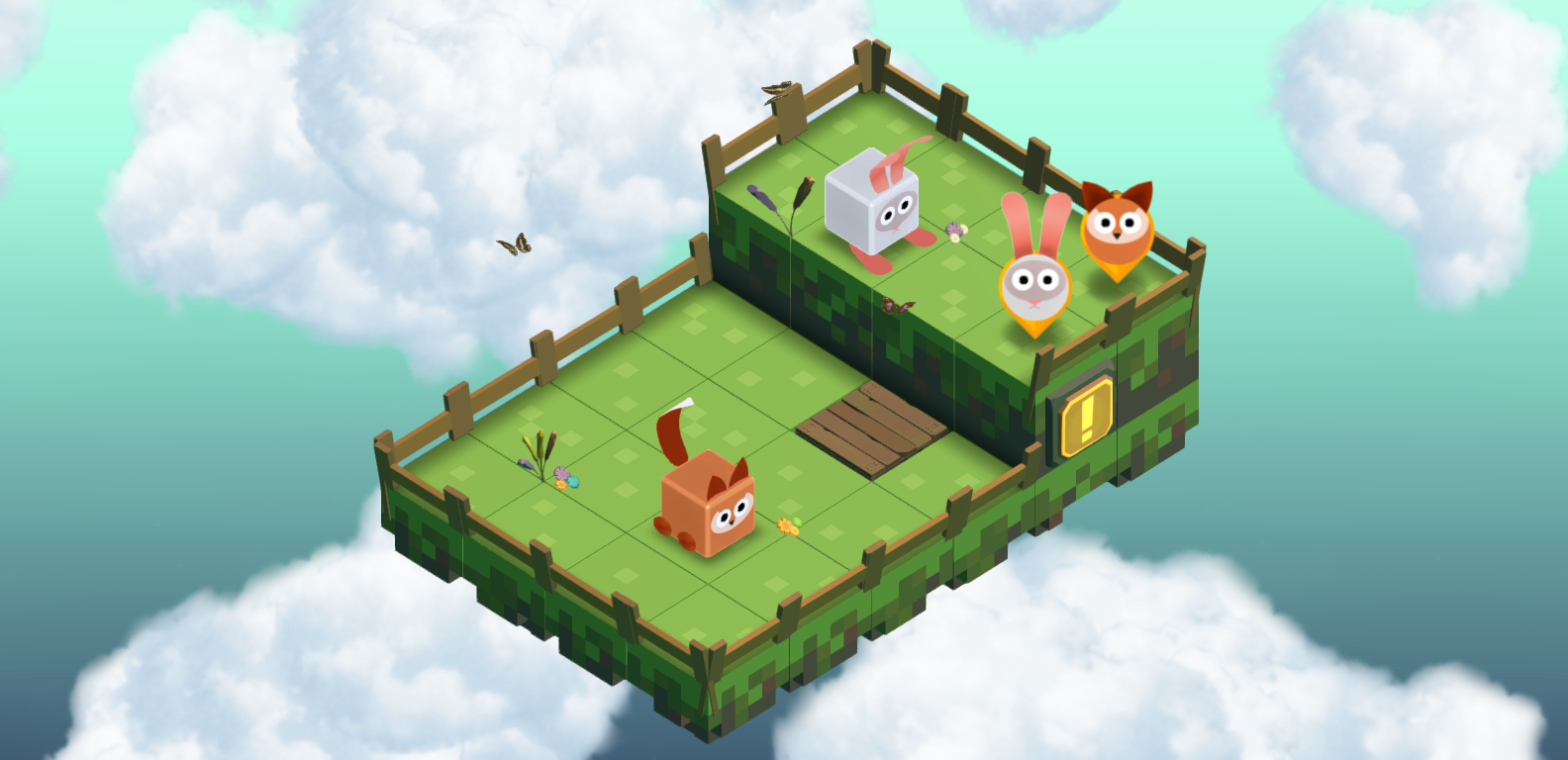
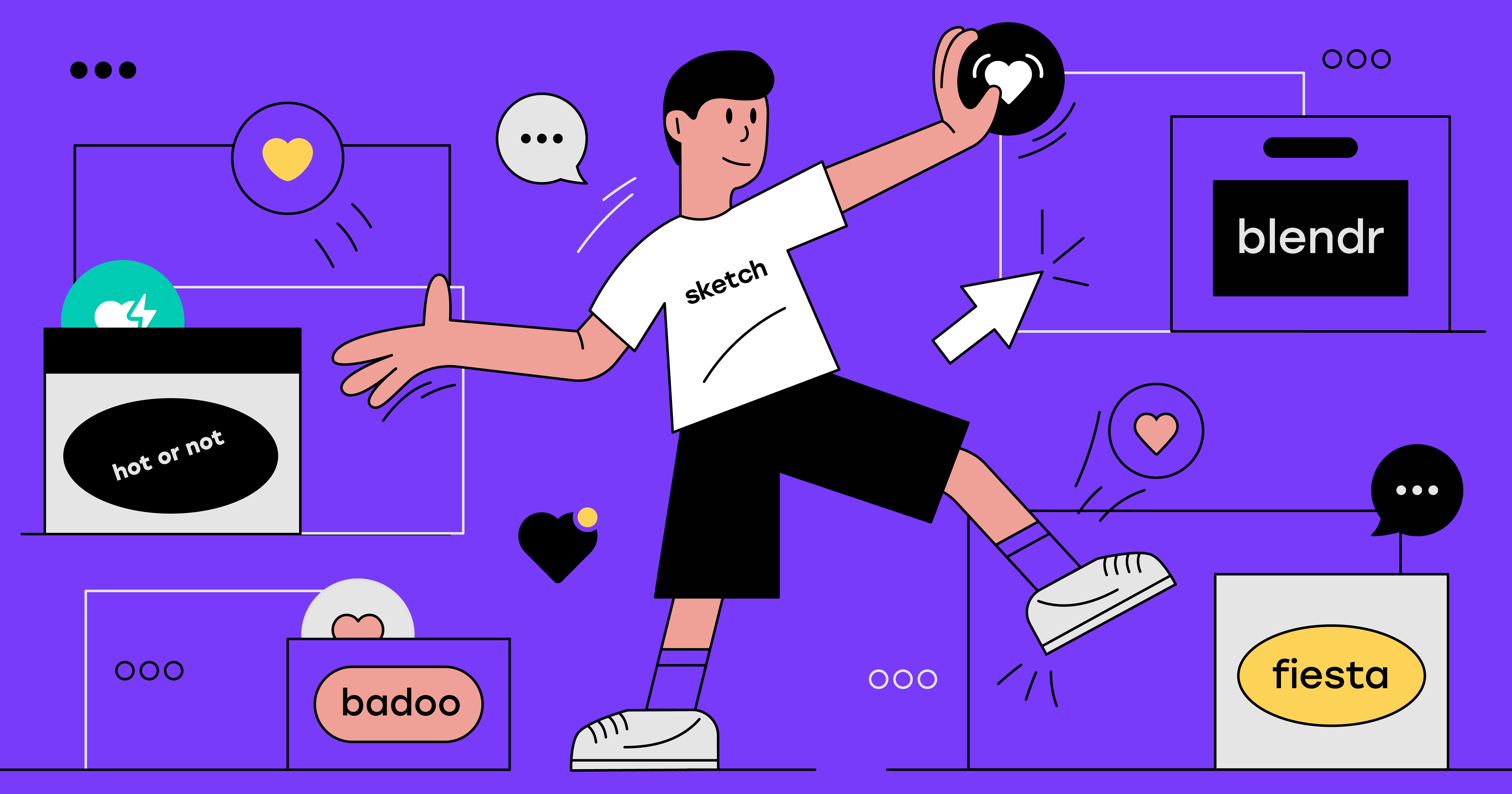
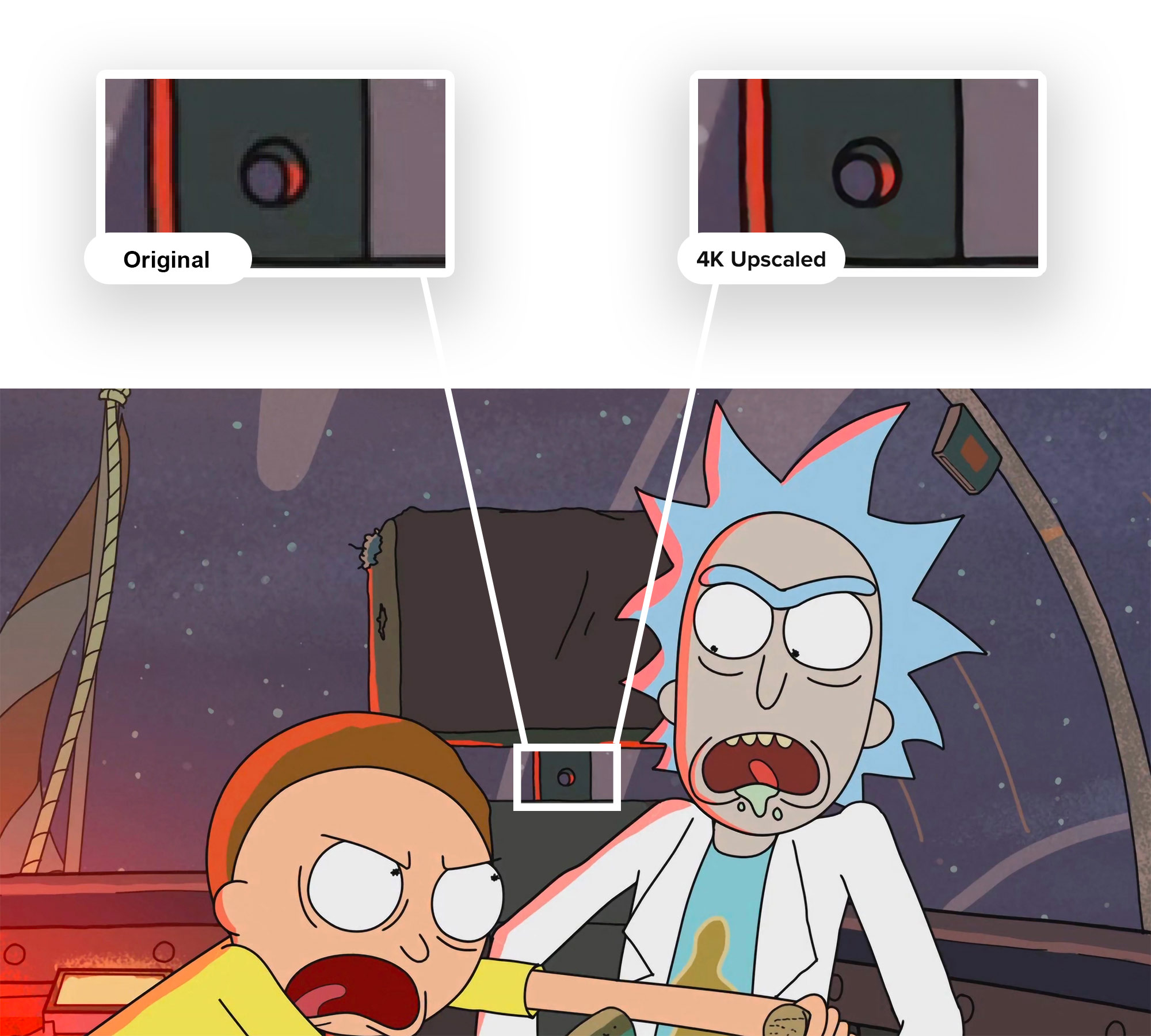

The mobile app developers are exceptionally intrigued by conveying 100% fulfillment outcome for the entrepreneurs. By having top 10 mobile app development companies, it is crucial for working with an effective outcome and does the worldwide system. In this way, get assistance from the professional mobile app developers and grow the business in like manner.

Why do so many programmers hate UI work? Because it is tedious. Especially, for the Web, but other types of UI are only slightly easier. Layouts, margins, paddings — neverending stream of little tweaks to make it look OK on all sane environments, and somehow this freaking button sometimes overlaps that input field. Rrrr! And yes, it should not hang on button clicks, which means a lot of asynchronous programming, which is a nightmare.
And don’t even speak about aesthetics and usability! Choose right colours, element sizes and locations, find/draw images and put them where they fit, think about user workflows — isn’t it a designers’ or Ux specialists’ job?! Leave me alone, I’m a programmer. I work with backend layers, where everything is straightforward and linear, there are no buttloads of different environments to adjust to, and design is guided by mere logic without pesky fussing with ‘user friendliness’ and ’beauty’!

